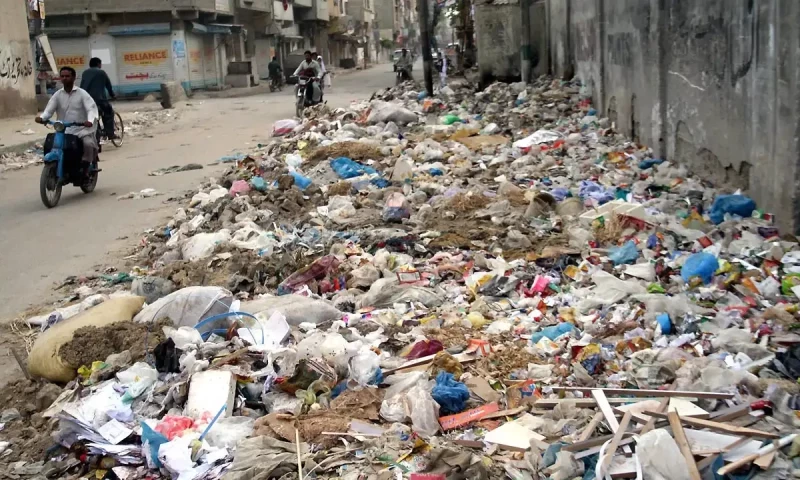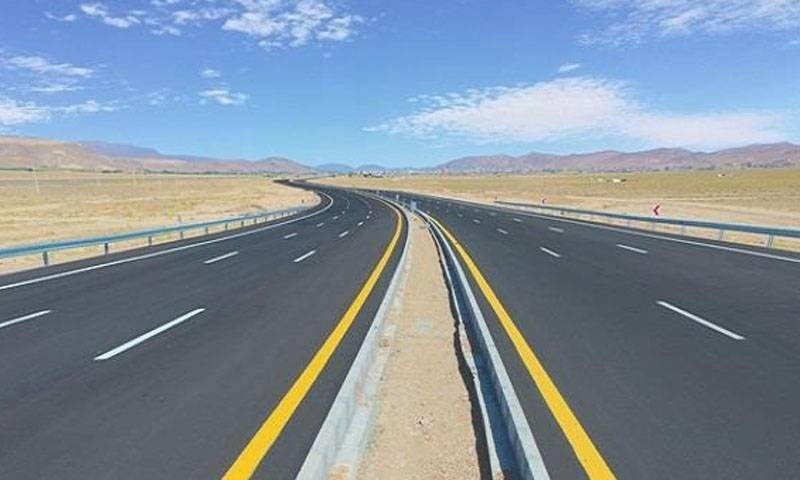Karachi’s Korangi district, a bustling industrial hub, remains engulfed in a relentless blaze that has defied containment efforts for six consecutive days. Authorities have cordoned off the area, citing escalating safety risks as firefighters battle the inferno. The prolonged crisis has raised urgent questions about industrial safety protocols, emergency response capabilities, and the human and environmental toll of such disasters in Pakistan’s economic heartland.
Korangi: Karachi’s Industrial Lifeline
Korangi, a key industrial zone in Karachi, hosts thousands of factories specializing in textiles, chemicals, plastics, and manufacturing. As one of Pakistan’s largest export generators, the area’s economic significance is matched only by its vulnerability to industrial accidents. Narrow streets, dense infrastructure, and lax regulatory enforcement have long plagued the district, with fires and chemical leaks occurring with alarming regularity. The current blaze, however, stands out for its ferocity and duration, underscoring systemic risks in urban industrial management.
The Unyielding Inferno: Timeline and Challenges
The fire erupted on [specific date] in a multi-story factory complex storing flammable materials, including chemicals and synthetic textiles. Despite immediate firefighting efforts, the flames spread rapidly, fueled by high winds and the proximity of adjacent warehouses. Firefighters faced critical obstacles: inadequate water supply, limited access to specialized equipment, and the absence of fire retardants for chemical fires. By day three, the blaze had consumed over a dozen buildings, with plumes of toxic smoke darkening Karachi’s skies.
“The intensity of the fire is unprecedented,” admitted Karachi Fire Department spokesperson Tahir Abbas. “We’re dealing with combustible materials that require foam-based suppression, which our teams lack in sufficient quantities.”
Authorities’ Response: Safety First, Questions Follow
With the fire still raging, district officials declared the site a “no-go zone,” evacuating nearby residential areas and suspending operations in unaffected factories. The Sindh Environmental Protection Agency (SEPA) issued warnings about hazardous air quality, urging residents to wear masks and stay indoors. Meanwhile, Pakistan’s National Disaster Management Authority (NDMA) deployed helicopters for aerial assessments, though logistical hurdles delayed the arrival of external support.
Critics, however, argue that the response has been reactive rather than preventive. “Why were factories allowed to stockpile hazardous materials without firebreaks or suppression systems?” asked urban planner Zainab Ali. “This tragedy was preventable.”
Human and Environmental Toll
The economic fallout is staggering. Preliminary estimates suggest losses exceeding $50 million, with hundreds of workers rendered jobless. “My factory is ashes. How will I feed my family?” lamented Mohammad Asif, a garment worker. Health concerns are equally dire: hospitals report a surge in respiratory cases linked to smoke inhalation, while environmentalists warn of chemical runoff contaminating groundwater.
The long-term ecological impact remains uncertain. SEPA teams are monitoring air for toxins like sulfur dioxide and particulate matter, already measuring levels five times above safe limits. “This isn’t just a fire—it’s an environmental catastrophe,” warned environmental activist Amar Guriro.
Public Outcry and Demands for Accountability
Public anger is mounting. Protests erupted outside Sindh’s Chief Minister House, with residents demanding accountability and compensation. “We’ve lost homes, health, and hope,” said Fatima Khan, a mother of three displaced by the blaze. Media outlets have amplified calls for transparency, spotlighting decades of neglected safety reforms.
In response, Sindh’s Chief Minister Murad Ali Shah announced a judicial inquiry into the incident, vowing to “punish negligence.” Yet, skepticism persists. “Past inquiries led nowhere. We need action, not promises,” retorted trade union leader Ahmed Nadeem.
Broader Implications: A Wake-Up Call for Industrial Safety
The Korangi fire underscores a national crisis. Pakistan’s industrial zones operate under outdated safety codes, with corruption often enabling non-compliance. Factories routinely bypass fire exit mandates, storage regulations, and worker training. The result? Pakistan ranks among Asia’s worst countries for industrial accidents, according to the International Labour Organization (ILO).
Experts urge adopting global best practices, such as mandatory fire drills, modern suppression systems, and stringent zoning laws. “Without systemic change, Korangi’s tragedy will repeat,” cautioned safety consultant Farhan Malik.
Conclusion: From Ashes to Action
As smoke lingers over Korangi, the blaze serves as a grim reminder of the cost of complacency. While firefighters strive to quell the flames, the real test lies in transforming crisis into catalyst. For Karachi—and Pakistan—the path forward demands rigorous enforcement of safety laws, investment in emergency infrastructure, and accountability for those who prioritize profit over lives.
The Korangi inferno is more than a disaster; it is a clarion call. The time for reform is now—before the next spark ignites another catastrophe.
Topics #Korangi Inferno #trending news





